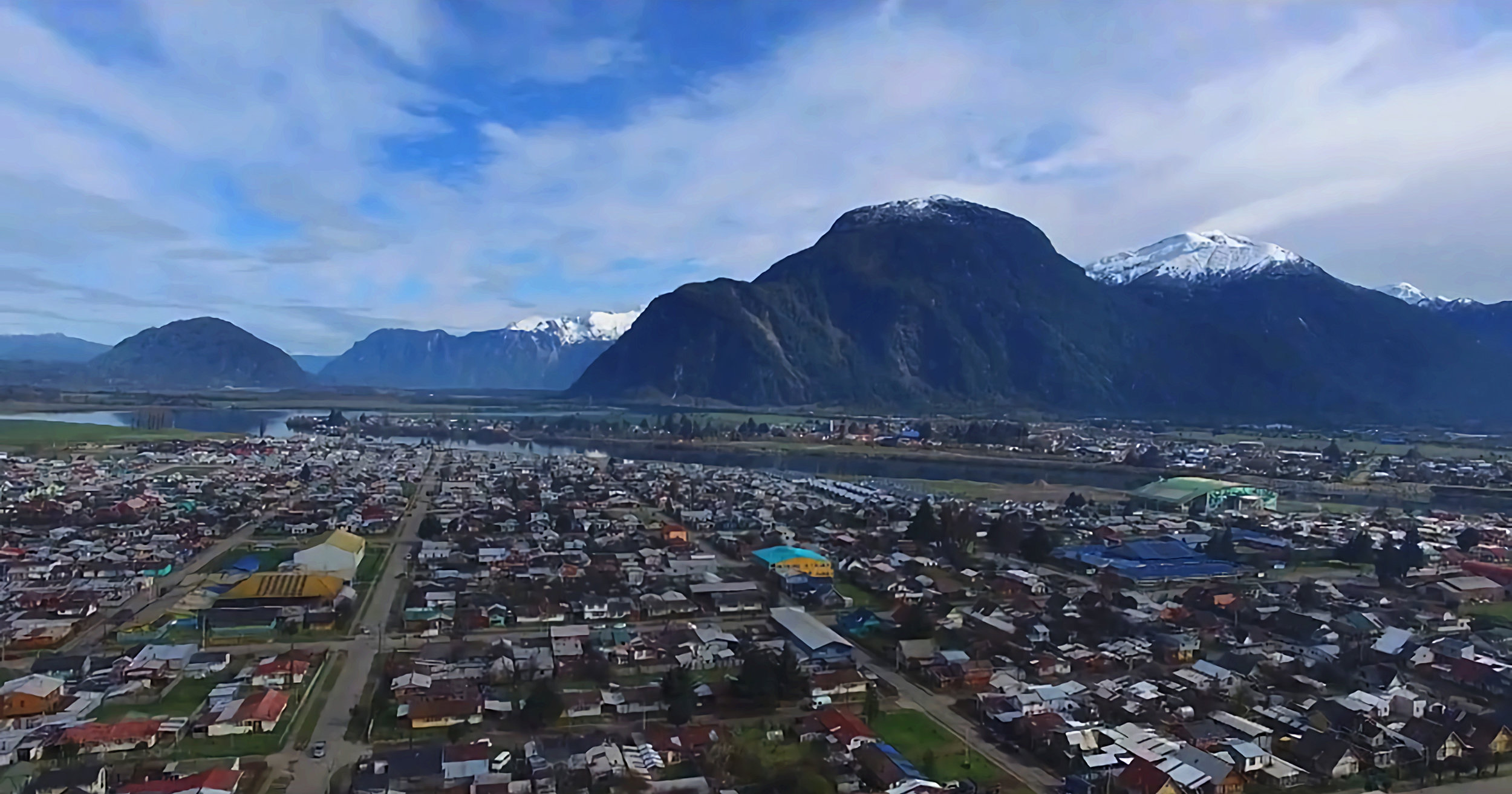Chile
Chile has enjoyed strong economic growth in recent decades, with GDP rising by roughly 5% per year on average. In 2010, became the first South American country to join the OECD. In recent years, it has made strong strides in improving its World Bank Doing Business rankings. Its dominant industries include minerals (especially copper, iron, and steel), foodstuffs, fish processing, cement, transport equipment, and textiles.
Chile launched a new foreign investment law in 2015 that prohibits arbitrary discrimination against foreign investors and guarantees access to the formal foreign exchange market, including free remittance of capital and profits. It endeavors to connect its remote northern and southern regions to the economic prosperity of the country’s heartland through zonas francas (free zones).
Chile’s free trade zones (FTZs) include la Zona Franca de Iquique (ZOFRI), Punta Arenas FTZ and Arica FTZ, with ZOFRI being the largest and most substantial of them, located in the north of Chile.
Since Locus Economica’s recommendations for reforms to the country’s zones programme, Arica SEZ has seen its total value of trade rise from USD 52.4 million in 2015 to USD 74.9 million in 2017, and Iquique SEZ’s total value of trade rose from USD 6.28 billion in 2015 to USD 7.39 billion in 2018.
As of July 2020, Chile FTZs employed about 21 thousand people directly and netted a total trade of US$8.128bn ($4.387bn imports and $3.742bn exports) in 2018, which fell to US$7.564bn (4043m imports and 3521 exports) in 2019. Around 43% of total imports come from China (2019) and total inbound stock of FDI totalled 109.9% of host GDP in 2019 but tumbled to 41.4% in 2020 due to the global impact of Covid-19.
The most ambitious and biggest FTZ, ZOFRI, has 2027 companies installed as of July 2020 and employs 19,100 people directly, making it by far the most influential FTZ in Chile. It additionally saw revenues of US$38.9m in 2021, predominantly in automobiles, machinery, electronic goods, garments and petroleum products.
Caveat: 93% of the statistics used in the Fuente AZFA research report come from the ZOFRI FTZ.



